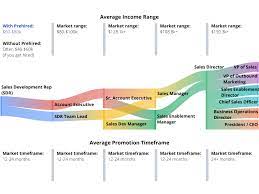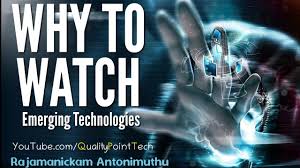Digital Media Strategy: A Comprehensive Guide
In today’s digital age, having a solid digital media strategy is essential for businesses looking to thrive in the online world. A well-thought-out digital media strategy can help you reach your target audience, increase brand awareness, and drive engagement. Here are some key components to consider when developing your digital media strategy:
Define Your Goals
Before diving into creating a digital media strategy, it’s important to define your goals. Whether you want to increase website traffic, generate leads, or boost sales, having clear objectives will guide your overall strategy.
Know Your Audience
Understanding your target audience is crucial for creating relevant and engaging content. Conduct market research to identify your audience’s demographics, interests, and behaviors to tailor your content accordingly.
Choose the Right Platforms
Not all social media platforms are created equal. Select the platforms that align with your target audience and business goals. Whether it’s Facebook, Instagram, Twitter, LinkedIn, or TikTok, choose platforms where your audience is most active.
Create Compelling Content
Content is king in the digital world. Develop high-quality and engaging content that resonates with your audience. Whether it’s blog posts, videos, infographics, or podcasts, create content that adds value and encourages interaction.
Implement SEO Strategies
Search engine optimization (SEO) plays a vital role in improving your online visibility. Incorporate relevant keywords into your content and optimize meta tags to enhance search engine rankings and drive organic traffic to your website.
Monitor and Analyze Performance
Regularly monitor the performance of your digital media efforts using analytics tools like Google Analytics or social media insights. Analyze key metrics such as engagement rates, click-through rates, and conversion rates to assess the effectiveness of your strategy.
By incorporating these key components into your digital media strategy, you can establish a strong online presence and achieve measurable results for your business.
Decoding Digital Media Strategy: Key Elements, Exemplary Models, and Creation Guidelines
- What are digital media strategies?
- What are the 5 elements of media strategy?
- What is a digital strategy example?
- How do you create digital media strategy?
What are digital media strategies?
Digital media strategies refer to the comprehensive plans and tactics that businesses employ to leverage digital platforms and channels effectively in order to achieve their marketing and communication goals. These strategies encompass a wide range of activities, including content creation, social media management, search engine optimization, online advertising, email marketing, and more. By developing and implementing tailored digital media strategies, businesses can enhance their online presence, engage with their target audience, drive traffic to their websites, generate leads, increase brand awareness, and ultimately boost sales. Digital media strategies are essential in today’s digital landscape for staying competitive and reaching a wider audience in a cost-effective manner.
What are the 5 elements of media strategy?
When it comes to developing an effective media strategy in the digital realm, there are five key elements that are essential for success. These elements include defining clear objectives and goals, understanding the target audience, selecting the right platforms for engagement, creating compelling and relevant content, and analyzing performance metrics to optimize strategies. By incorporating these five elements into a comprehensive media strategy, businesses can effectively reach their target audience, build brand awareness, and drive engagement in the competitive digital landscape.
What is a digital strategy example?
A digital strategy example could involve a company leveraging social media platforms such as Instagram and Facebook to increase brand awareness and engage with their target audience. By creating visually appealing content, running targeted ads, and interacting with followers through comments and messages, the company can effectively showcase its products or services to a wider audience. Additionally, implementing email marketing campaigns to nurture leads and drive conversions can be another aspect of a digital strategy example. This comprehensive approach demonstrates how businesses can utilize various digital channels to achieve their marketing goals and enhance their online presence.
How do you create digital media strategy?
Creating a digital media strategy involves several key steps to ensure its effectiveness. Firstly, defining clear goals and objectives is essential in guiding your strategy. Understanding your target audience through thorough market research helps tailor your content to resonate with them. Choosing the right platforms where your audience is most active is crucial for maximizing reach and engagement. Developing compelling and high-quality content across various formats, such as blog posts, videos, and infographics, is vital for capturing audience interest. Implementing SEO strategies to enhance online visibility and monitoring performance through analytics tools are also integral parts of creating a successful digital media strategy. By following these steps, businesses can develop a comprehensive digital media strategy that drives results and achieves their objectives.




